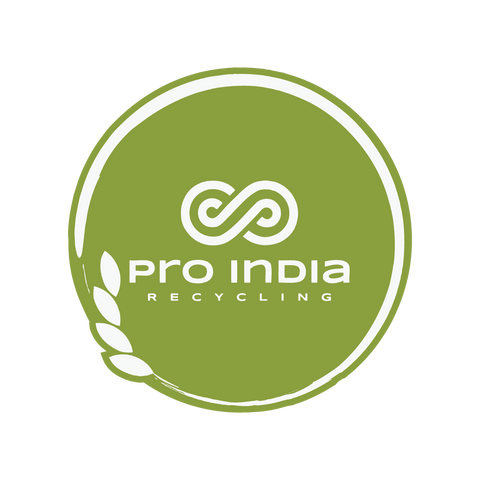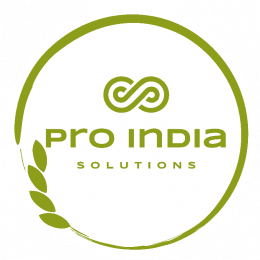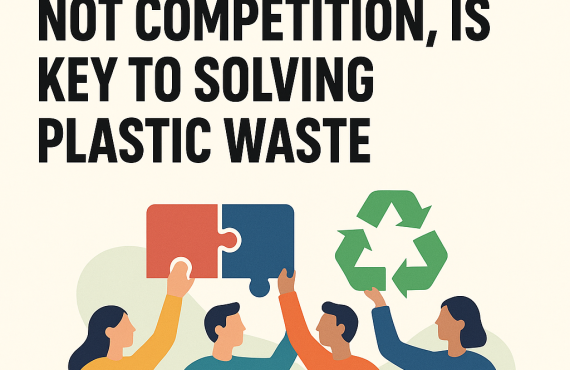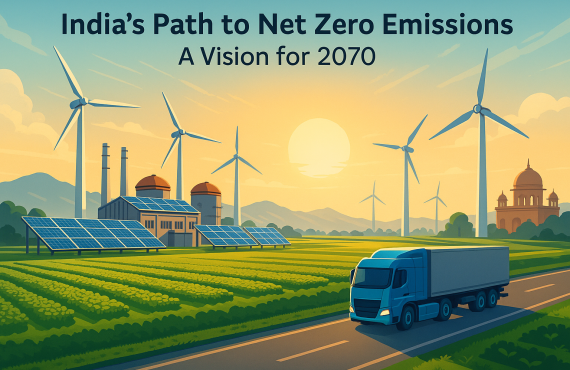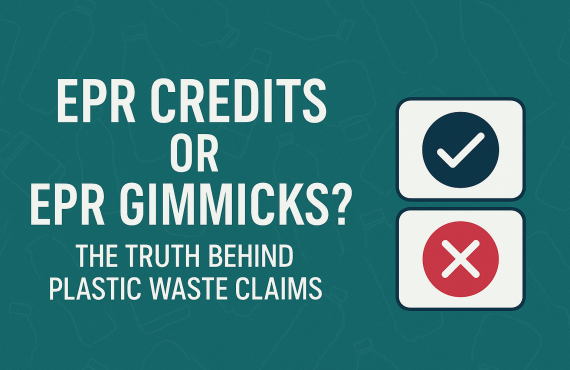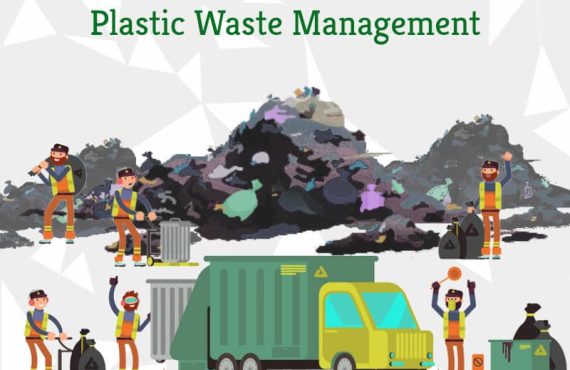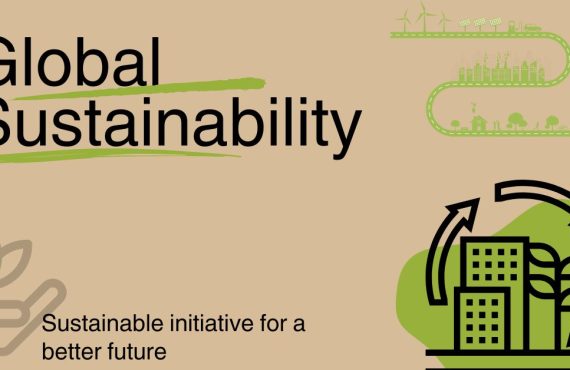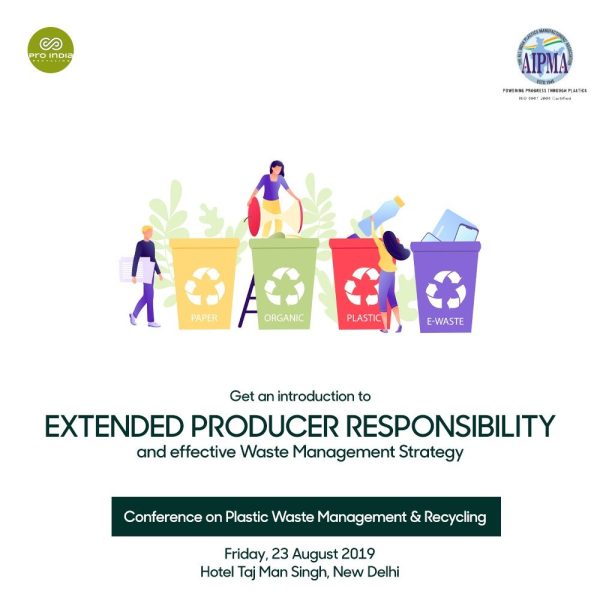Microplastics in Food and Water: An Invisible Threat to Human Health
Introduction
In recent years, the issue of microplastics in food and water has become a global concern. These tiny plastic particles, less than 5 milli meters in size, are now found in everything from drinking water to seafood and even table salt. With mounting evidence pointing toward their pervasive presence in our food systems, professionals in the environmental, health, and policy sectors are being urged to assess the implications of long-term microplastic exposure on human health and ecological balance.
What Are Microplastics?
Microplastics are broadly classified into two types:
- Primary microplastics: Manufactured at a microscopic scale for use in products like exfoliants, cosmetics, and industrial abrasives.
- Secondary microplastics: Result from the degradation of larger plastic items such as packaging materials, fishing nets, and plastic bottles.
These particles originate from various sources including industrial discharge, plastic waste mismanagement, textile fibers, and even vehicle tire wear. Once they enter the environment, they persist for decades due to their non-biodegradable nature.
How Do Microplastics Enter Food and Water?
1. Contaminated Water Sources
Studies have found microplastics in bottled and tap water across the globe. Filtration systems are often inadequate at capturing these minuscule particles, allowing them to infiltrate water supplies.
2. Seafood and Marine Life
Marine organisms such as mussels, fish, and plankton mistake microplastics for food. When consumed by humans, these organisms act as carriers of microplastics, bringing the pollution directly into the food chain.
3. Agricultural Runoff and Irrigation
Wastewater sludge used as fertilizer and contaminated irrigation water introduce microplastic residues into crops and soil, which can later be absorbed by plants or cling to produce surfaces.
4. Packaging and Food Processing
Plastic packaging can shed microplastics, especially when heated or exposed to sunlight. Similarly, food processing equipment and handling practices contribute to plastic particle contamination during manufacturing and distribution.
Common Foods Containing Microplastics
- Seafood (fish, shrimp, shellfish)
- Table salt
- Honey and sugar
- Bottled water
- Beer and soft drinks
- Fruits and vegetables (from contaminated soils)
- Tea (especially from plastic tea bags)
Microplastics in Drinking Water
A 2019 study by the World Health Organization (WHO) found microplastics in 93% of bottled water samples. Tap water was also affected, although to a lesser degree. These findings raised questions about water purification standards and highlighted the need for improved filtration technology.
Reverse osmosis systems, activated carbon filters, and nanofiltration have shown potential in reducing microplastic load, but implementation remains inconsistent worldwide.
Health Risks of Microplastics
While the full impact of ingesting microplastics is still being researched, several potential health risks have been identified:
1. Chemical Contaminants
Microplastics often carry toxic chemicals like bisphenol A (BPA), phthalates, and heavy metals, which can leach into the body and disrupt endocrine functions.
2. Inflammation and Cellular Damage
Preliminary studies suggest that ingested microplastics may cause inflammation, oxidative stress, and cellular damage in vital organs, particularly the liver and intestines.
3. Bioaccumulation
Microplastics and their associated chemicals can accumulate in the body over time, potentially leading to chronic illnesses, hormonal imbalances, and even carcinogenic effects.
4. Immune System Disruption
Animal studies have shown that microplastics can weaken the immune system, making organisms more susceptible to infections and diseases.
Global Research and Findings
- European Food Safety Authority (EFSA) has acknowledged that microplastic exposure is a growing concern and requires more in-depth toxicological studies.
- A study published in Environmental Science & Technology revealed that an average person could ingest over 100,000 microplastic particles annually through food and water.
- Researchers at the University of Newcastle in Australia estimated that humans consume approximately 5 grams of microplastics weekly-roughly equivalent to the weight of a credit card.
Environmental and Economic Impacts
Microplastics not only threaten human health but also disrupt aquatic ecosystems, hinder agricultural productivity, and impose economic burdens on industries like fisheries, water treatment, and food safety compliance.
Ecosystem effects include:
- Decline in marine biodiversity
- Altered reproductive patterns in aquatic organisms
- Soil degradation and loss of fertility
Economic consequences include:
- Increased costs in water treatment and filtration
- Losses in aquaculture and seafood exports
- Stricter regulatory compliance burdens on manufacturers
Current Policies and Regulatory Framework
Several governments and organizations are responding with policy interventions to address plastic pollution and microplastic contamination:
- European Union: Banned microplastics in cosmetics and personal care products; considering broader restrictions.
- India: Enforced a ban on single-use plastics and is enhancing wastewater management practices.
- United States: The Microbead-Free Waters Act (2015) prohibits plastic microbeads in rinse-off cosmetics.
- United Nations Environment Programme (UNEP): Advocating for a global treaty to regulate plastic pollution and manage waste responsibly.
However, microplastics are not yet fully regulated as contaminants in food or drinking water by international food safety agencies-a gap that requires urgent attention.
Strategies for Mitigation
1. Advanced Filtration Technologies
Investing in state-of-the-art filtration systems in municipal and household water supplies can drastically reduce microplastic exposure.
2. Sustainable Packaging Solutions
Promoting biodegradable and compostable materials can reduce plastic shedding from packaging and containers.
3. Consumer Awareness and Behavior Change
Educating the public about proper plastic disposal, responsible consumption, and choosing microplastic-free products is essential for long-term change.
4. Industrial and Agricultural Reforms
- Introducing zero-plastic zones in sensitive areas
- Mandating microplastic filters in industrial effluents
- Monitoring and minimizing plastic use in food production and distribution
5. Research and Innovation
Ongoing R&D is critical to:
- Assess health impacts
- Develop plastic alternatives
- Innovate detection methods for nanoplastics, which pose even greater health risks due to their ability to penetrate cell membranes
Role of Professionals in Combating Microplastic Contamination
Professionals across sectors have a crucial role to play:
- Environmental Scientists: Conduct risk assessments and pollution tracking
- Public Health Experts: Study exposure impacts and develop mitigation strategies
- Policy Makers: Frame evidence-based regulations and standards
- Industry Leaders: Adopt sustainable practices and invest in safer materials
- Educators and Media: Disseminate reliable information and influence public behavior
Conclusion
The issue of microplastics in food and water is no longer confined to scientific debate—it is a tangible, everyday reality that affects global health, biodiversity, and sustainability. As evidence grows and concern escalates, professionals must take a proactive role in shaping the conversation, driving innovation, and advocating for comprehensive policy changes.
Microplastics may be small, but their impact is vast. It’s time to address this invisible contaminant with visible action.
